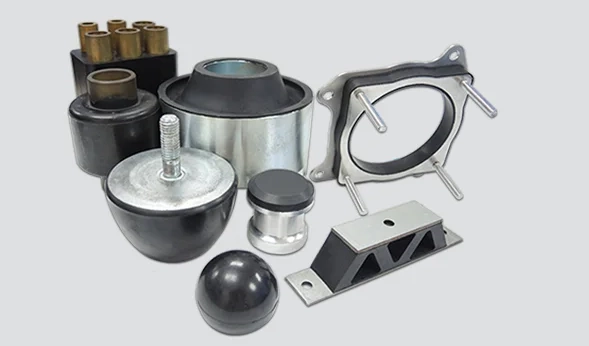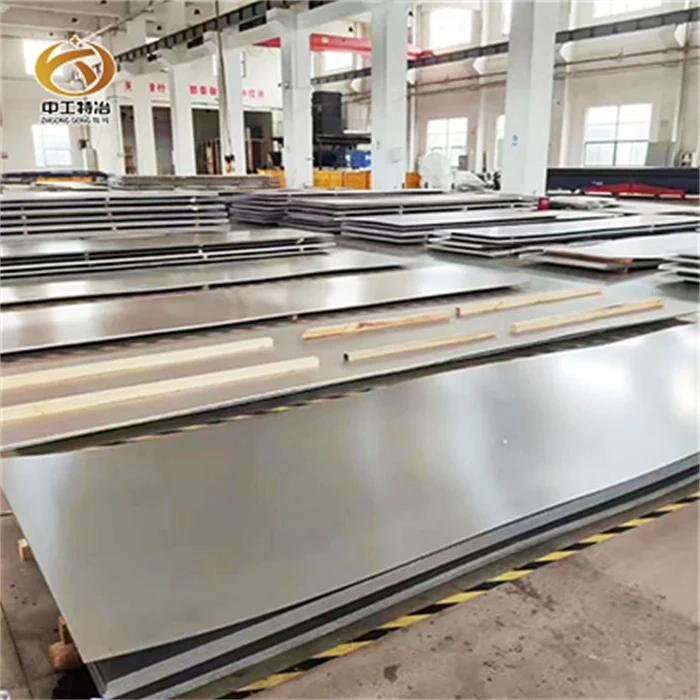In high-performance engineering environments, custom rubber components have become irreplaceable. These components provide customized solutions for sealing, vibration isolation, fluid resistance, electrical insulation, and more. Whether in automotive, aerospace, medical, or industrial machinery sectors, tailored rubber parts offer exceptional versatility and performance in demanding applications. This in-depth article Hanxiang rubber will explore the types and material selection of custom rubber components. By the end, you'll have a clear understanding of why investing in precision-molded rubber parts can dramatically enhance your product quality and operational efficiency.

Common Types of Custom Rubber Components
Across a wide range of industries, manufacturers depend on a broad spectrum of custom rubber components specifically engineered for high-performance, safety, and durability. Each type of component is tailored not only in shape and size but also in its material properties and resistance to stress, making them indispensable in modern machinery and systems. Let’s explore some of the most widely used types of custom rubber components and the specific roles they play in industrial applications.
1. Gaskets and Seals
Custom rubber gaskets and seals are essential components used to create airtight or fluid-tight barriers between stationary surfaces. These custom rubber components are designed to handle specific operational challenges such as high pressure, vibration, and exposure to harsh chemicals or temperature extremes. For instance, in oil refineries or pharmaceutical processing lines, gaskets must prevent hazardous leaks while remaining compliant with environmental and safety regulations.
What sets custom rubber gaskets apart from standard options is their ability to be manufactured in intricate geometries and from elastomers that match the chemical and thermal profile of their environment. In food-grade systems, EPDM or silicone gaskets are molded to exact sanitary design requirements, ensuring both performance and hygiene.
2. O-Rings
O-rings are simple in appearance but incredibly complex in functionality when used in advanced systems. In many cases, off-the-shelf sizes and materials are insufficient to maintain a perfect seal under dynamic or extreme conditions. That’s where custom rubber components come into play.
Custom O-rings are precisely formulated to resist swelling, cracking, or hardening under long-term exposure to fuels, lubricants, or sterilization processes. For example, O-rings used in aerospace hydraulic actuators must retain elasticity at -60°C and withstand extreme pressure differentials. By customizing the cross-section diameter, durometer, and rubber compound, engineers ensure that these custom rubber components deliver leak-free performance over the long term.
3. Rubber Bushings and Mounts
Rubber bushings and mounts serve a dual function—mechanical support and vibration isolation. As part of the suspension systems in vehicles or mounting assemblies in industrial machinery, these custom rubber components absorb shocks, reduce noise, and increase service life for adjacent mechanical parts.
By customizing geometry and rubber hardness, bushings can be tuned to resist shear, axial, and torsional forces specific to the equipment’s application. Whether installed in HVAC compressors, engines, pumps, or electric motors, these components are designed to minimize vibration transmission and maintain equipment alignment even under continuous operation.
4. Bellows and Boots
Bellows and boots made from flexible rubber materials are often overlooked but serve critical roles in protecting sensitive moving parts from contaminants. As custom rubber components, these parts are frequently designed to match complex shaft geometries or telescoping mechanisms found in medical instruments, robotics, and industrial valves.
They must stretch, compress, and flex repeatedly without tearing, all while sealing out water, dust, grease, or chemical agents. In automotive steering systems, rubber bellows help maintain the performance of rack-and-pinion assemblies by keeping out road debris and moisture. In the medical field, diagnostic equipment relies on sterile rubber boots to shield delicate sensor mechanisms during operation and disinfection.
5. Medical-Grade Components
The medical and pharmaceutical industries demand some of the most stringent tolerances and regulatory compliance in component manufacturing. Custom rubber components used in this sector must be not only dimensionally precise but also biocompatible, non-reactive, and capable of withstanding sterilization cycles like gamma radiation or autoclaving.
Common products include check valve diaphragms, syringe plungers, seals for drug infusion systems, and flexible tubing connectors. These components are often made from medical-grade silicone or EPDM and manufactured in ISO Class 7 or Class 8 cleanrooms. In life-saving applications, even a micron-level deviation in a custom rubber component can affect device reliability—hence the need for meticulous customization and rigorous quality control.
Material Selection for Custom Rubber Components
Choosing the right elastomer is one of the most critical steps in developing reliable custom rubber components. The selected material must align with the environmental conditions, mechanical requirements, and expected lifespan of the component. Improper material choice can lead to early failure, leakage, degradation, or safety hazards—making expert guidance essential during the design phase.
Let’s examine some of the most commonly used rubber materials and their typical use cases for custom rubber components.
EPDM (Ethylene Propylene Diene Monomer)
EPDM is widely recognized for its excellent resistance to weathering, ozone, UV radiation, and steam. It performs well in a wide temperature range (-50°C to 150°C) and is not affected by polar substances like brake fluids and coolants. As a result, EPDM is often the top choice for custom rubber components used in HVAC systems, water seals, and automotive radiator hoses. It’s also frequently used in roofing and construction gaskets due to its durability in outdoor environments.
Nitrile Rubber (Buna-N)
Nitrile rubber is the go-to material for oil and fuel resistance. It performs well in a temperature range of -30°C to 120°C and maintains its properties in contact with petroleum-based fluids. This makes nitrile ideal for custom rubber components like fuel tank gaskets, hydraulic seals, and engine O-rings. Additionally, custom nitrile parts can be compounded with additives to improve abrasion and tear resistance in heavy-duty applications such as mining or power transmission.
Silicone Rubber
Silicone is known for its flexibility, thermal stability, and non-toxicity, making it particularly suitable for medical, pharmaceutical, and food-grade applications. With a wide temperature range of -60°C to 230°C, silicone rubber is used to manufacture custom rubber components like medical valve seals, food processing gaskets, and electrical insulation covers. Its excellent biocompatibility allows it to be used in implantable devices and other Class II/III medical components. Additionally, colored silicone parts offer visual coding options in food or lab environments.
Neoprene
Neoprene offers moderate resistance to oils, weathering, ozone, and abrasion, striking a balance between performance and cost. As a general-purpose elastomer, it is suitable for custom rubber components used in marine applications, HVAC gaskets, automotive vibration mounts, and cable insulation. Its flame resistance and physical toughness make it a frequent choice for rugged environments where multiple stressors are present.
FKM (Fluoroelastomer / Viton®)
FKM is a high-performance rubber known for its superior chemical resistance and ability to endure temperatures up to 250°C. It is typically used in custom rubber components for aerospace fuel systems, chemical processing equipment, and high-performance engines. FKM can withstand aggressive solvents, acids, and hydrocarbons, making it essential for mission-critical sealing and protection in hostile environments.
From design optimization to material selection and manufacturing precision, custom rubber components are engineered to meet the most demanding requirements of modern industries. Their role in sealing, damping, protecting, and insulating is foundational to mechanical integrity and system reliability. By working with experienced manufacturers, companies can unlock advanced material science, reduce time-to-market, and develop high-performance parts that differentiate their products in competitive markets. If your application demands excellence, custom rubber components are the strategic solution that delivers measurable results.
https://www.hanxiangrubber.com/Products
www.hanxiangrubber.com
Dongguan Hanxiang Rubber Products Co., Ltd.

